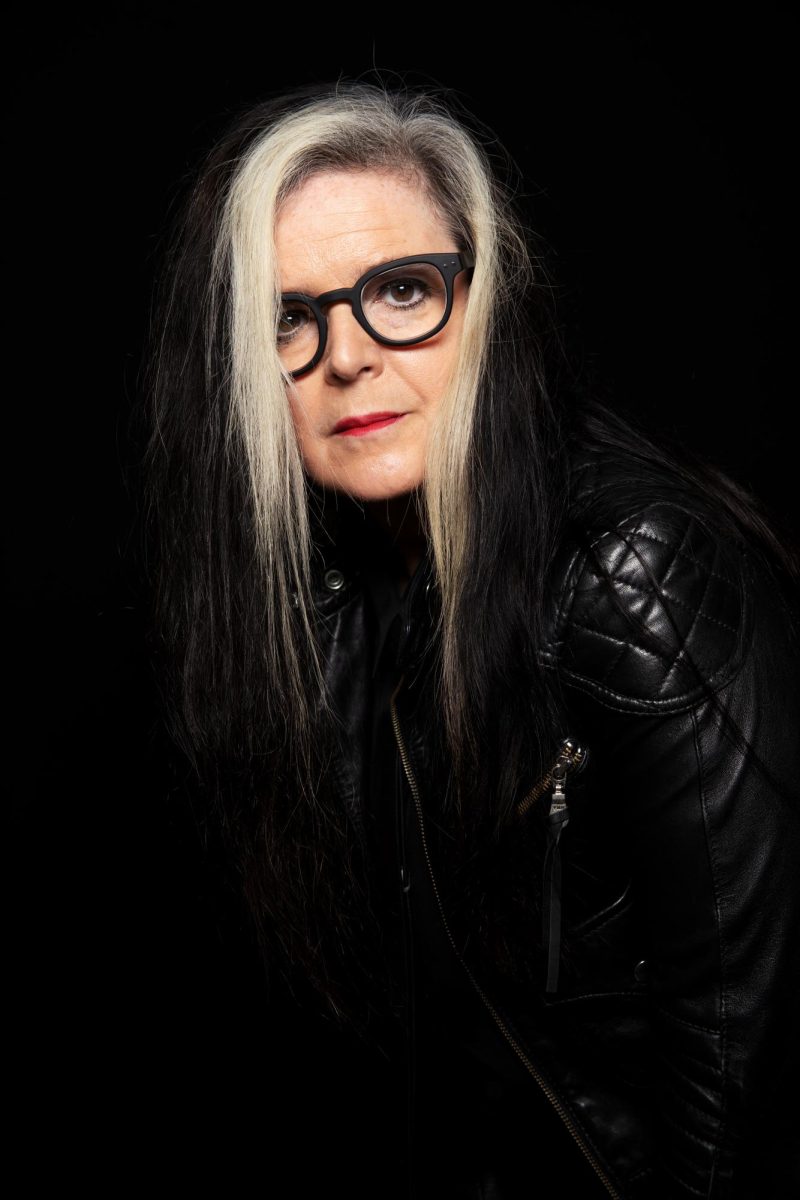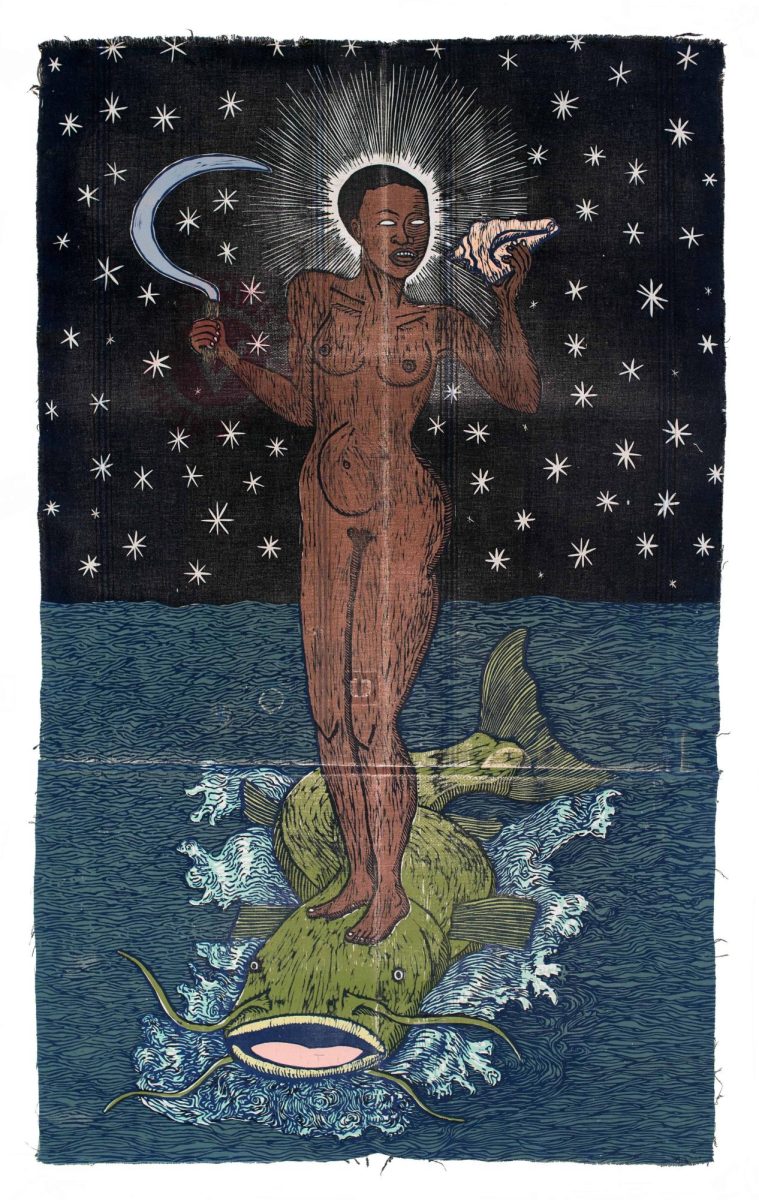Sept. 22 marked a fresh chapter in the Star Wars universe. With the release of its new series, “Star Wars: Visions,” the Disney-controlled cinematic giant has now ventured into the world of anime.
Announced on Disney’s Investor Day in December 2020 — along with other new shows such as “Obi-Wan Kenobi” and “Cassian Andor” — “Visions” left both Star Wars and anime fans alike on the edge of their seat, excited at the potential for this novel style of Star Wars.
The mystery of Westview continues to unfold in ‘WandaVision’ episode five
What came was nothing short of expectations — consisting of nine short-films that all had a unique director from seven different animation studios. No two shorts were alike, with each one done in a unique style of animation and ranging in topics from a space rock band to dueling Sith samurais.
The most prominent way the show varies from past Star Wars projects under Disney is that it’s not canon, meaning it is not officially part of the Star Wars storyline the other films and series follow.
The war begins: Shaped Kraft mac and cheese vs. traditional Kraft mac and cheese
This is incredibly important because it released the animators from the restriction that comes with adhering to canon, giving them total control over the type of content they could put forward. Through this freedom, they were able to focus on concepts that have gone untouched, providing Star Wars with a fresh sense of originality so many fans have craved.
Star Wars fans are notoriously hard to please and the decision to have “Star Wars: Visions” occur outside of canon helped protect it from the potential negative backlash from fans, who are extremely protective of the canon Star Wars timeline.
Animation is not something unusual for Star Wars, with Disney finding success in animated shows such as “Star Wars: The Clone Wars,” “Star Wars: Rebels” and “The Bad Batch.” This is, however, the first time a foreign company not affiliated with Star Wars has been given access to the franchise.














